“I like to fold sometimes like a tent.”
-Kyla
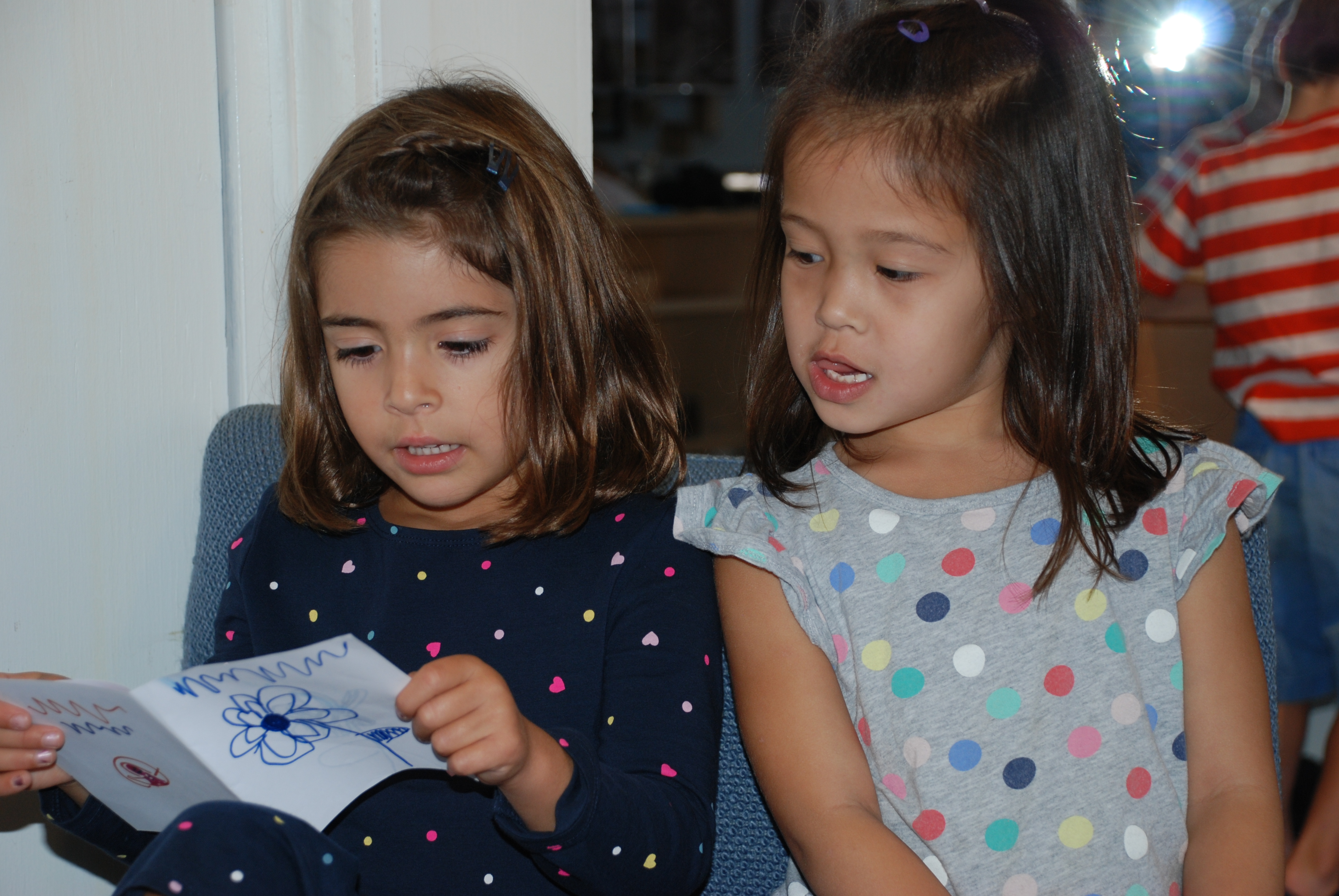
What began as an invitation to figure out how to create something without tape has evolved into discovering how folding paper can open many possibilities.
While working to create books some frustration emerged when there was no tape in which to “attach” them. We wondered aloud,
What other ways can you find to make your papers stay together without tape?
“What about some stitches? They can hold pieces together.” -Kyla
With encouragement, Kyla continued to create her book without tape. She folded her paper in half before drawing her pages and tucked each new page together as she went along.
Folding emerged as a way to attach.
“Should I fold first or draw?”
Johann, who witnessed Kyla’s problem solving, took the initiative to try folding for himself. Folding his paper over and over into a rough airplane shape, he announced,
“A paper airplane!”
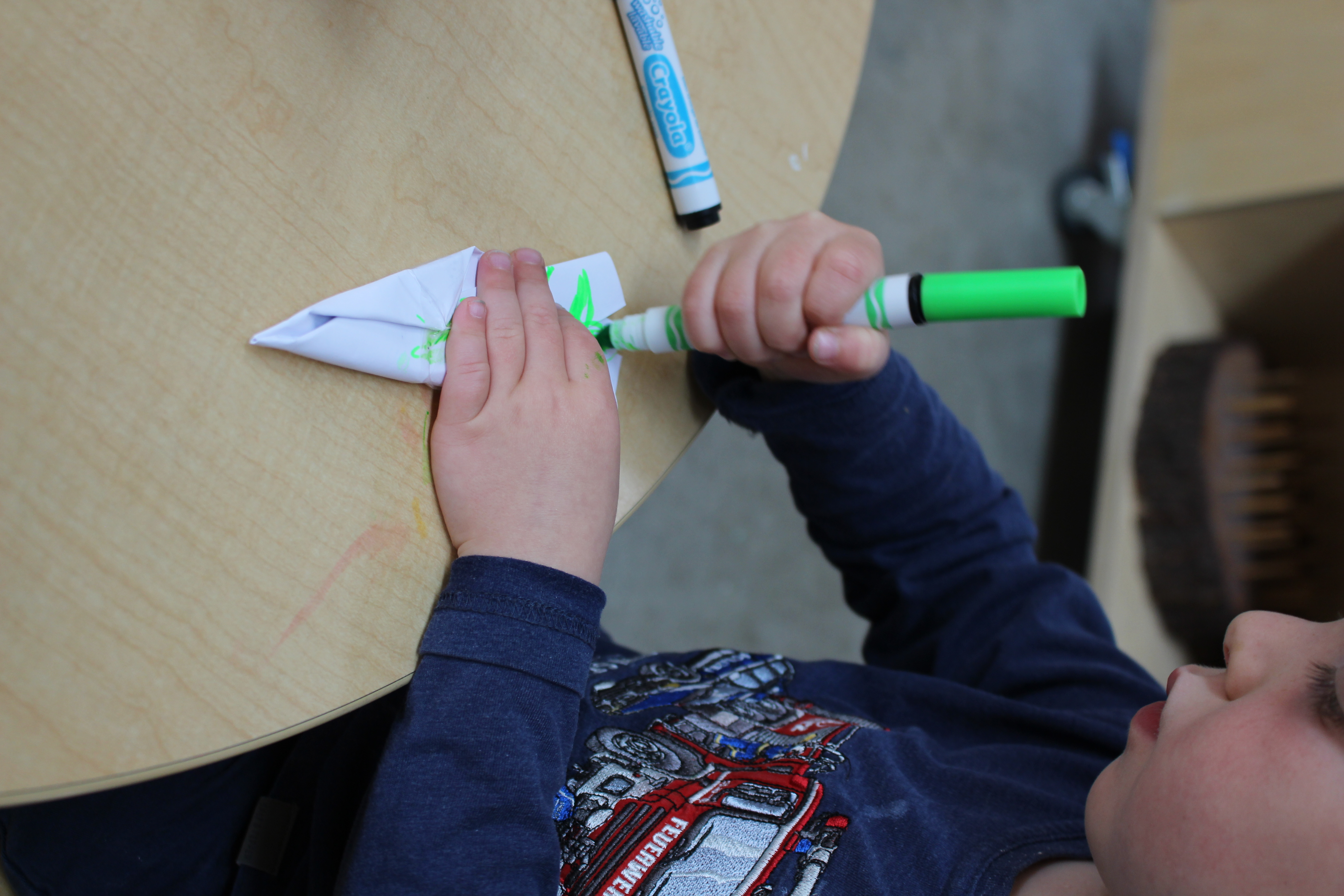
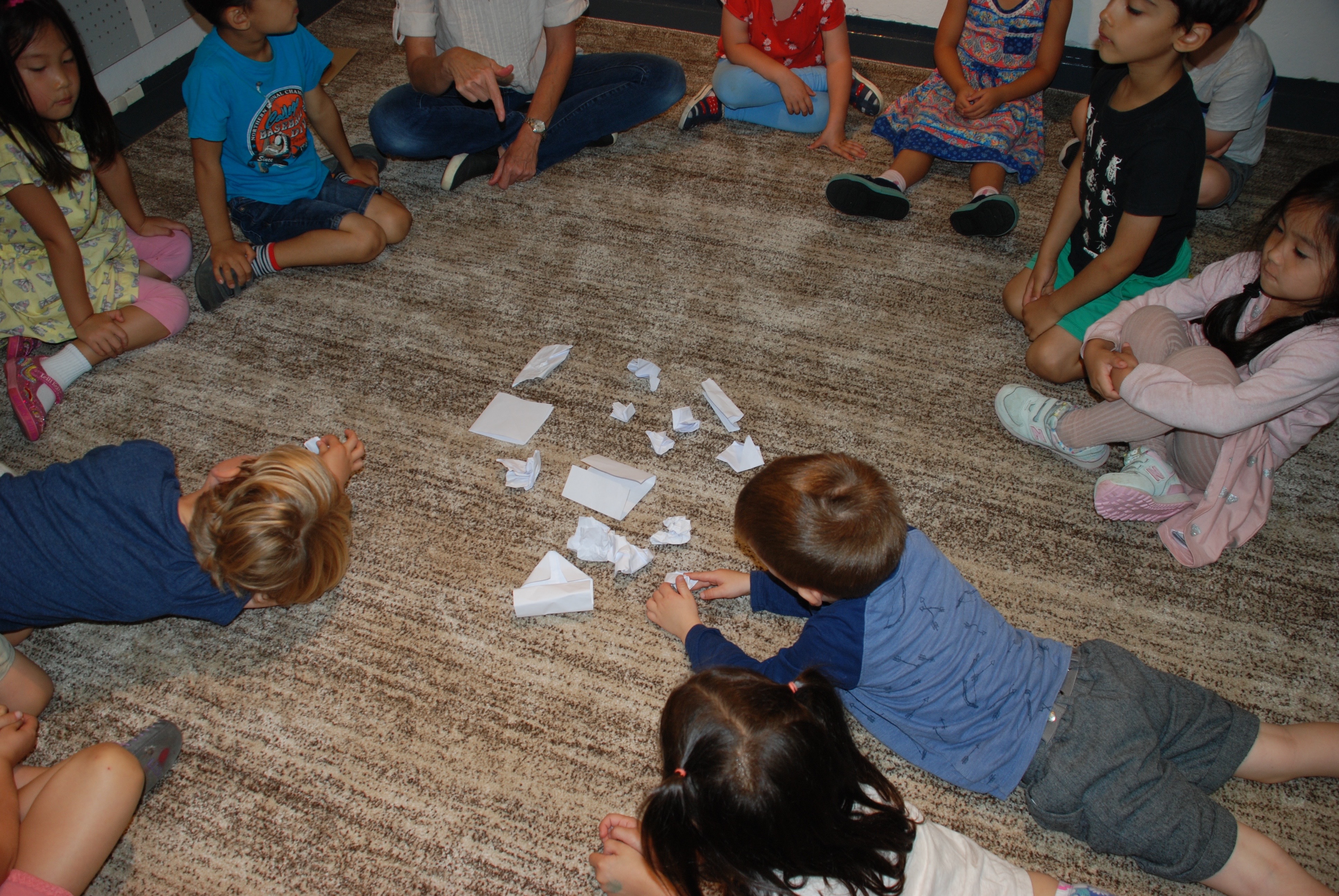
We wondered, could others become interested in finding possibilities in folding too?
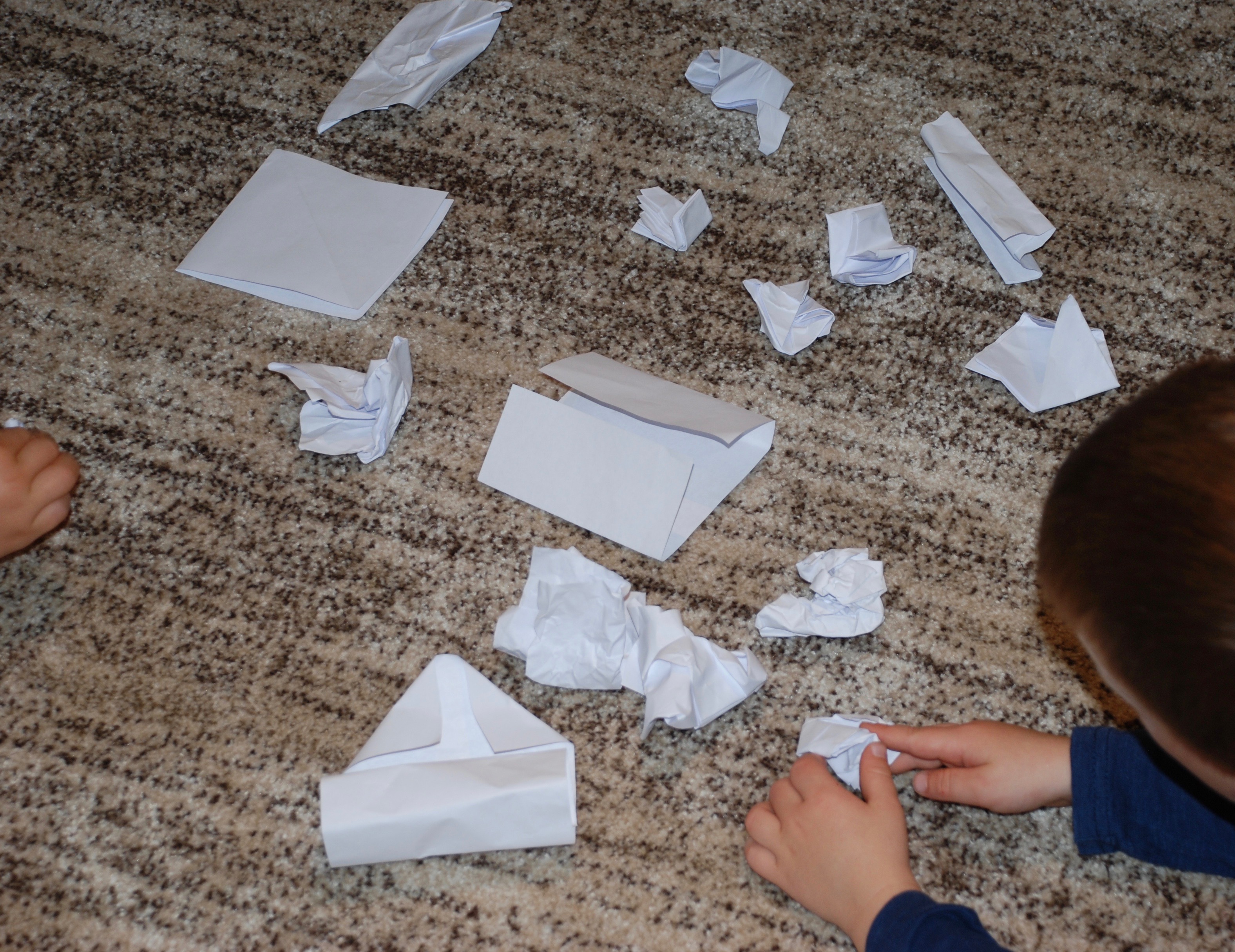
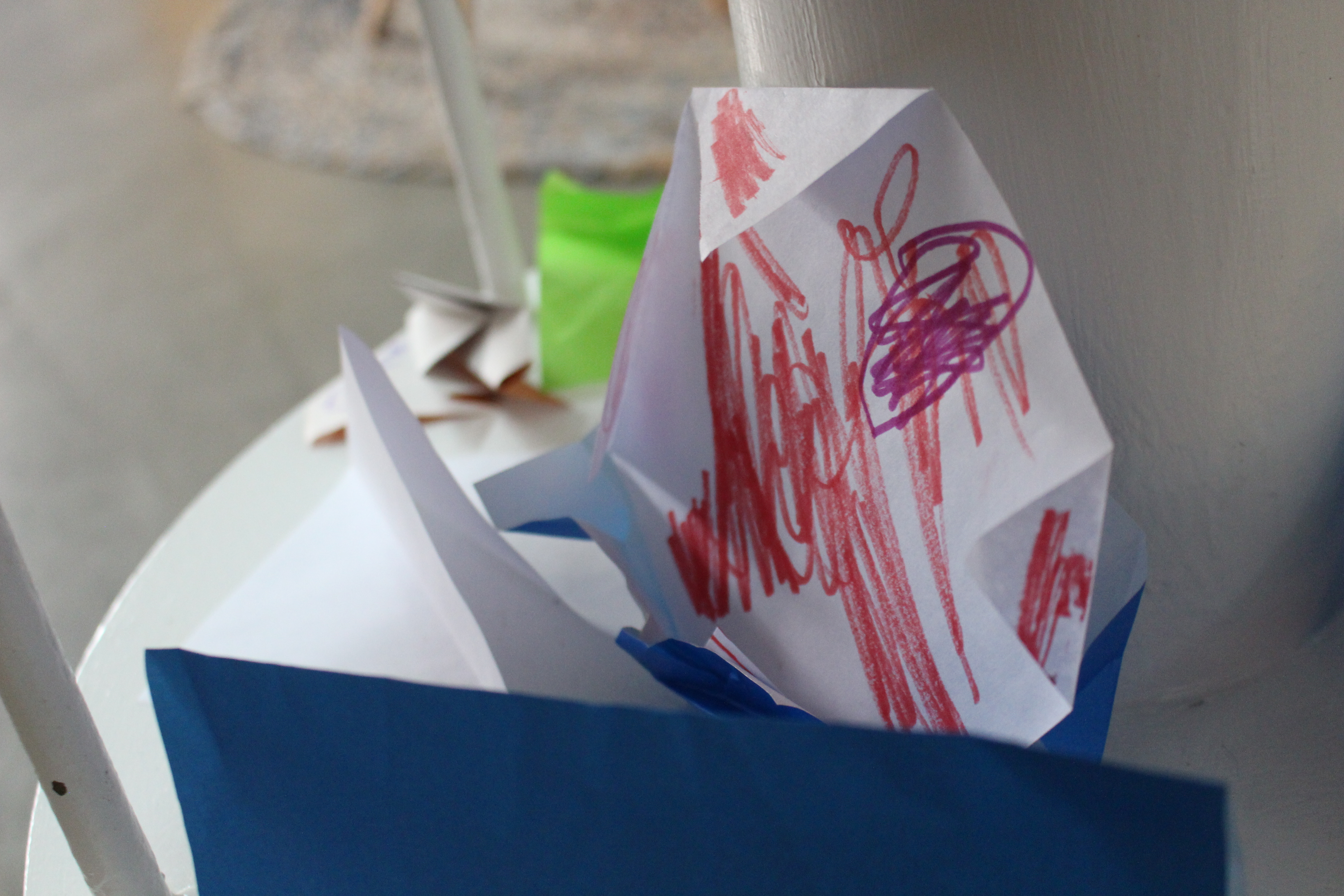


How can folding transform your paper?
“I like to fold sometimes like a tent. I fold it so it stands up. I don’t know how to make it stand up. Maybe if I push it harder.” -Kyla
“Look at this! I keep doing triangles. Wait. It’s the same? If I do it like this, it’s the same. If I do this, it’s not the same…it’s a boat!” -Eva
“These are our birds! They’re in cages.” -Amelia
“See? It’s a bird. That’s the beak (white piece) and that’s a penguin (blue piece) which is a bird that can’t fly.” -Johann
………………………………………………………………………………………………………………………………………………………………………………………………………………………………………..
Remember Edward the Emu? Reading Edward the Emu inspired some lively discussions about what we noticed was the same and what was different.

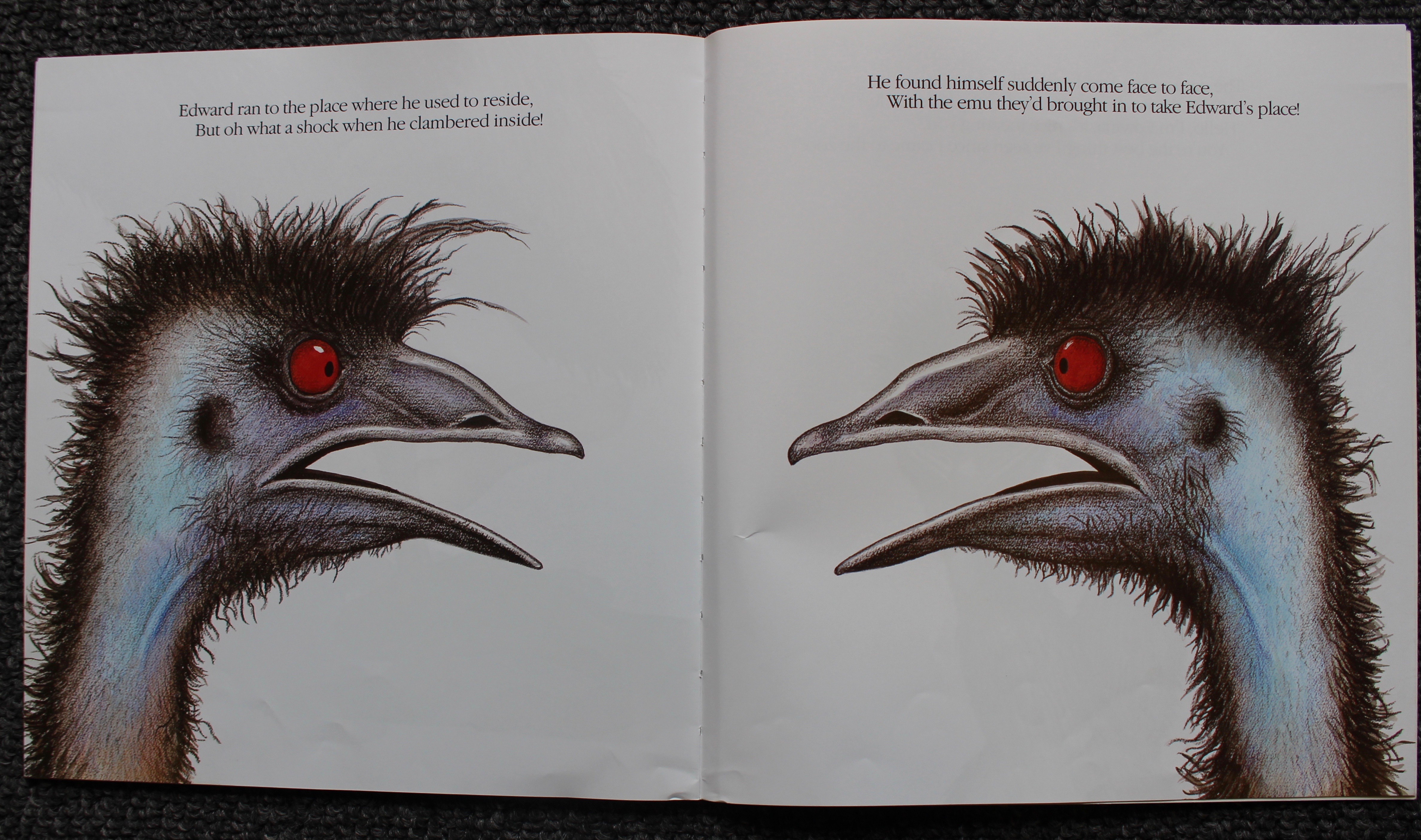
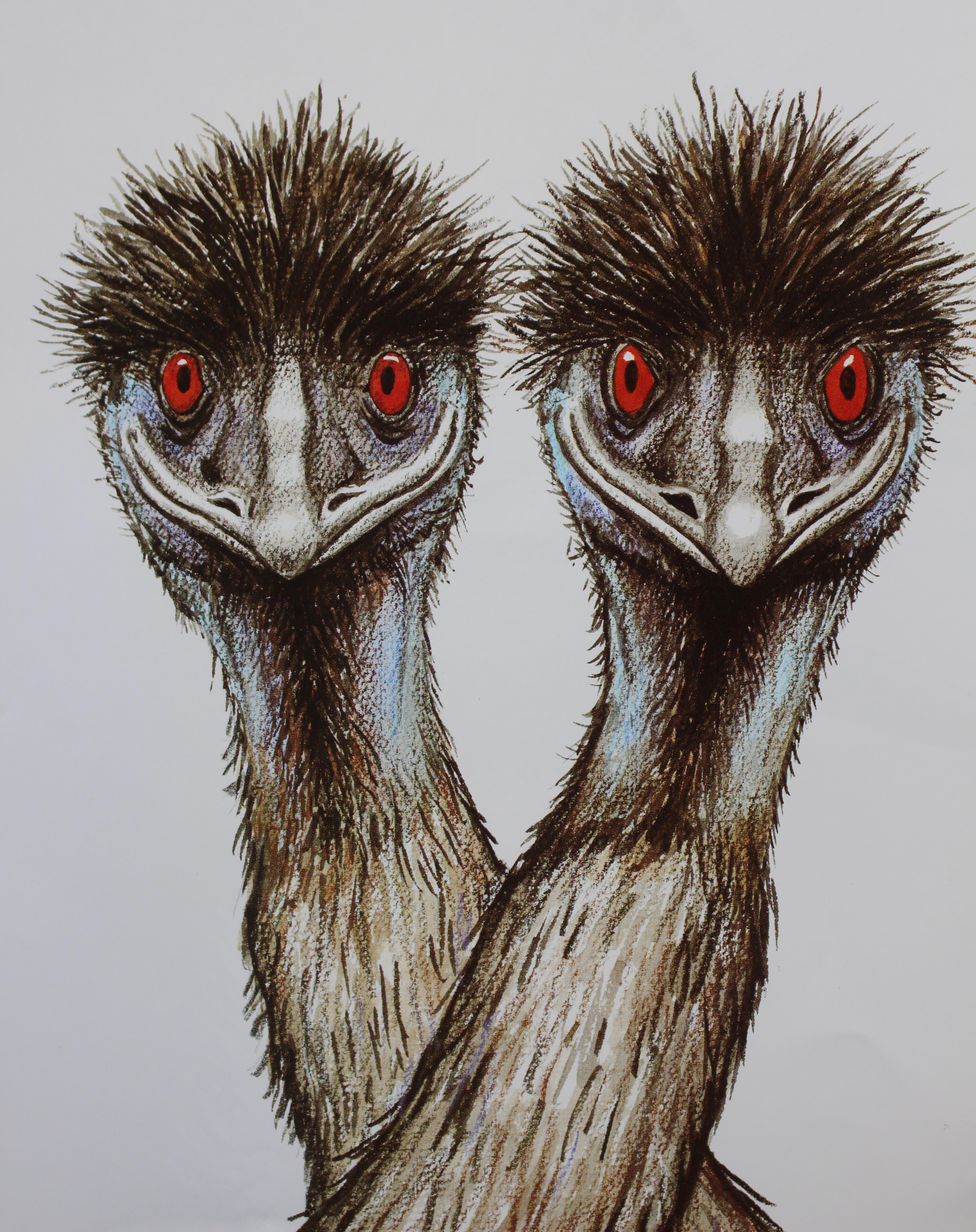
“Yeah, I remember that book. That’s the mom and that’s the dad and they’re a family.” -Jack
DJ wonders aloud, “What’s do you notice is the same and what’s different? When things look the same are they the same?”
“Same. The eyes are both red and their neck is both long.” -Eva
“One has tears and one doesn’t.” -Sam
“No, it said that another Emu took its place. They look the same but they’re actually not the same.” -Kyla
“No, they are the same.” -Emma
“That Emu has the same eyes. Cause this one’s red and see? Red, Red.” -Victoria (pointing to each set of eyes)
“Because one has long hair and one has short hair in that picture.” -Mika
“One didn’t get their haircut and one did.” -Zack
Noticing same and different is very interesting.
When things look the same are they the same?
Exploring this more, we introduced another story. Boot & Shoe by Marla Frazee is a funny tale of two very similar looking dogs who stumble into trouble with a squirrel. Ask us…
What did you notice about Boot & Shoe? What was the same and what was different? Are they the same?
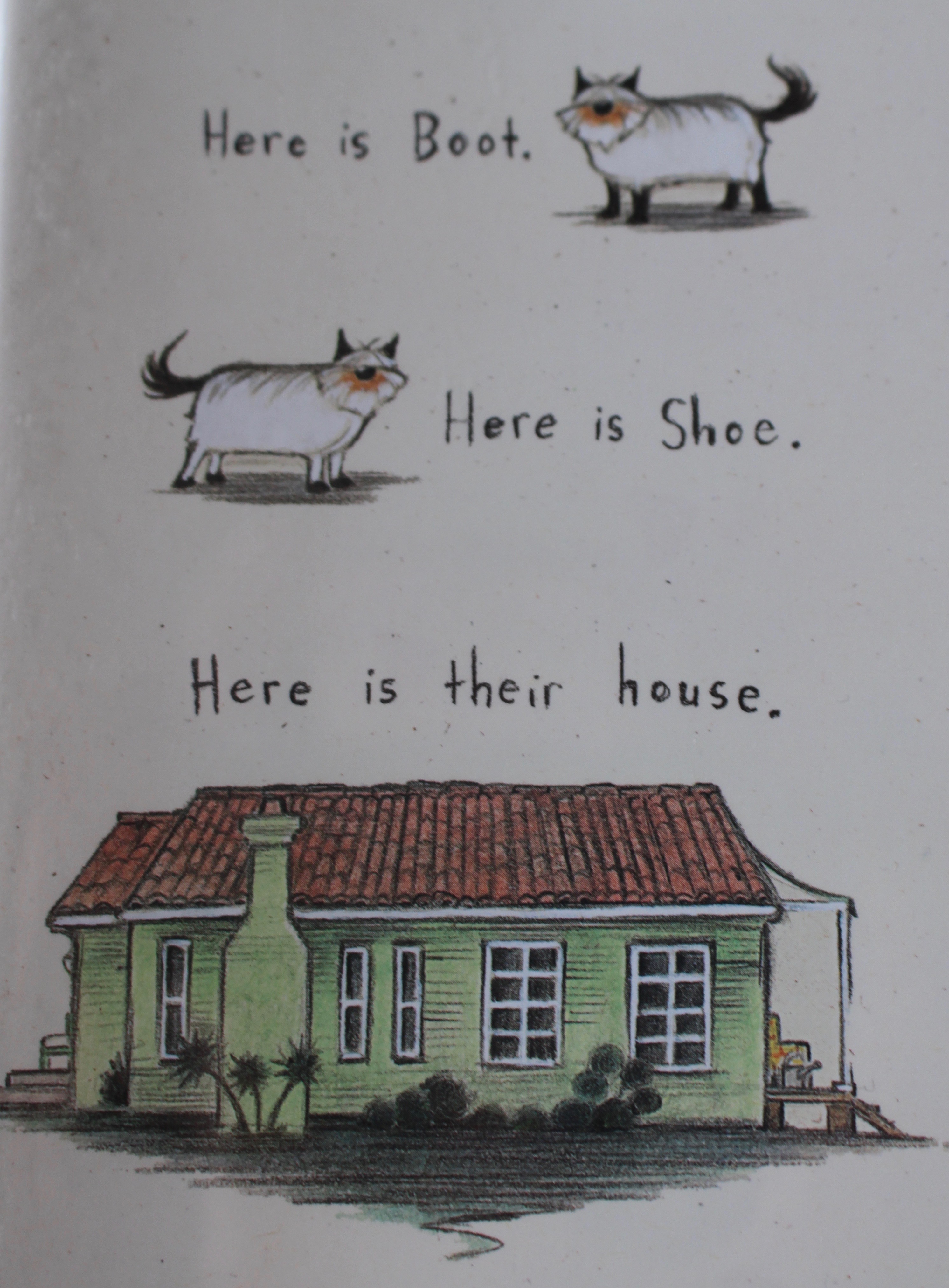
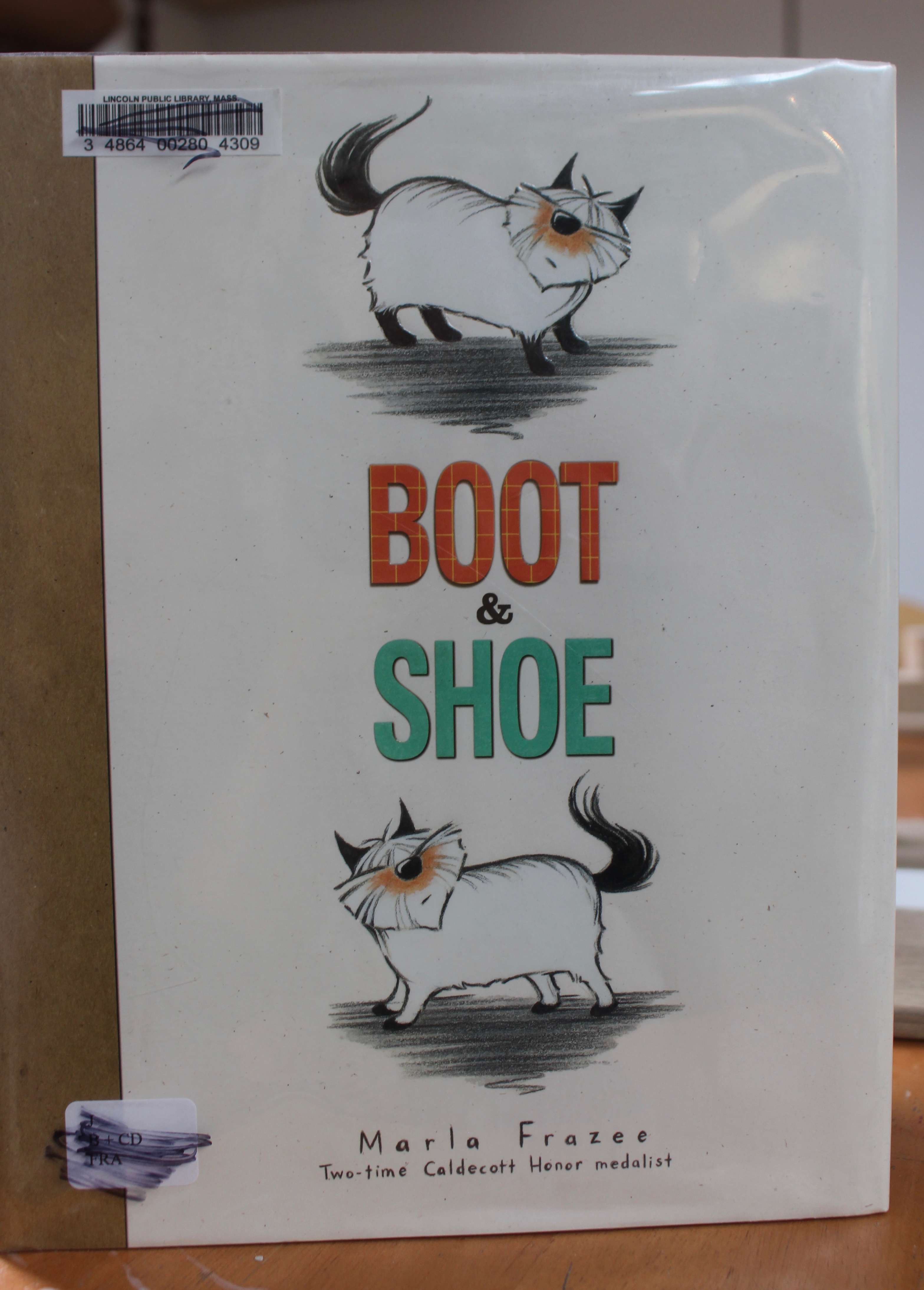
………………………………………………………………………………………………………………………………………………………………………………………………………………………………………..
The ordinary, everyday moments can inform and shape how we think about our world. As citizens of the earth, the children take these everyday moments into account as they make sense of how we care for it.
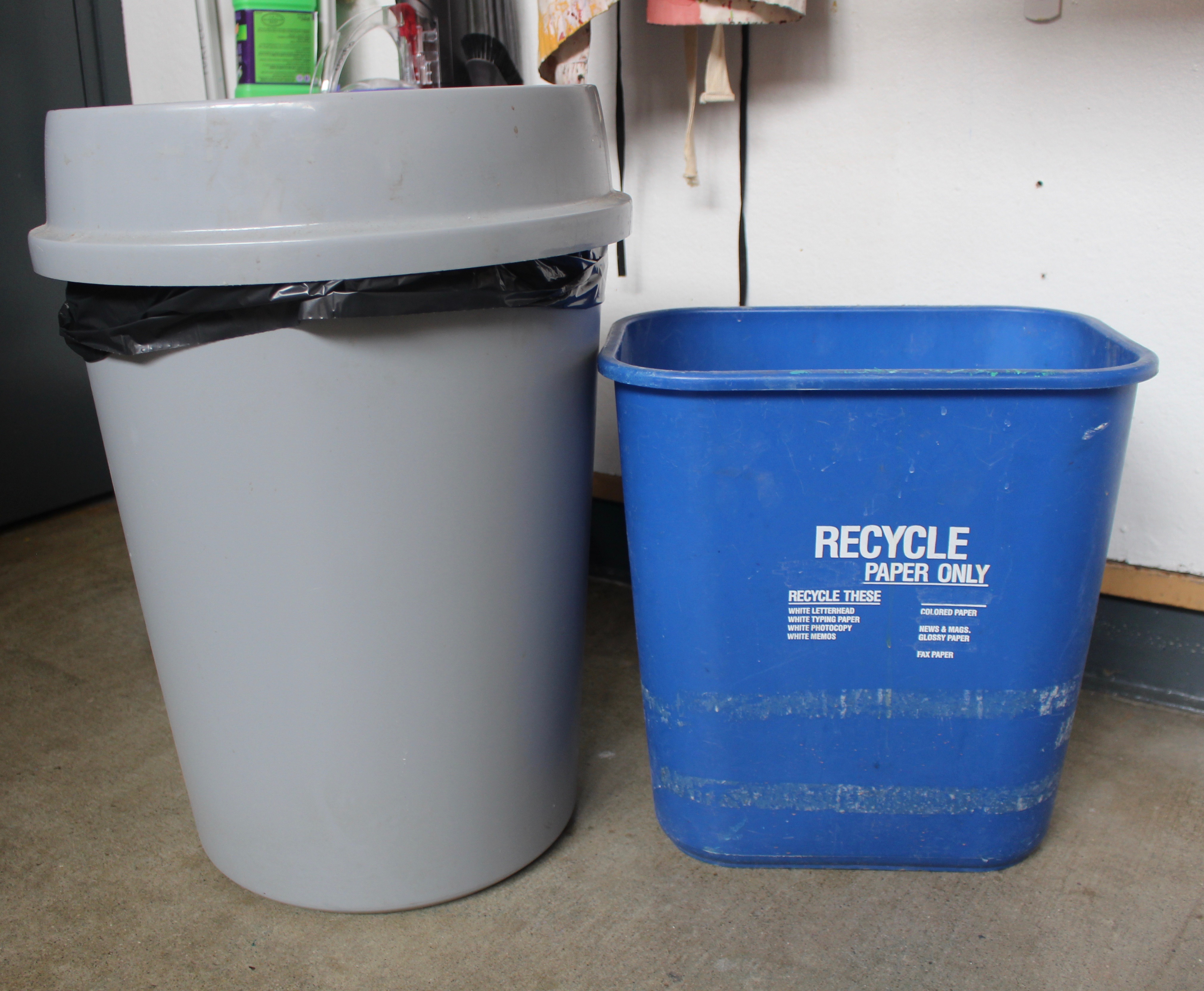
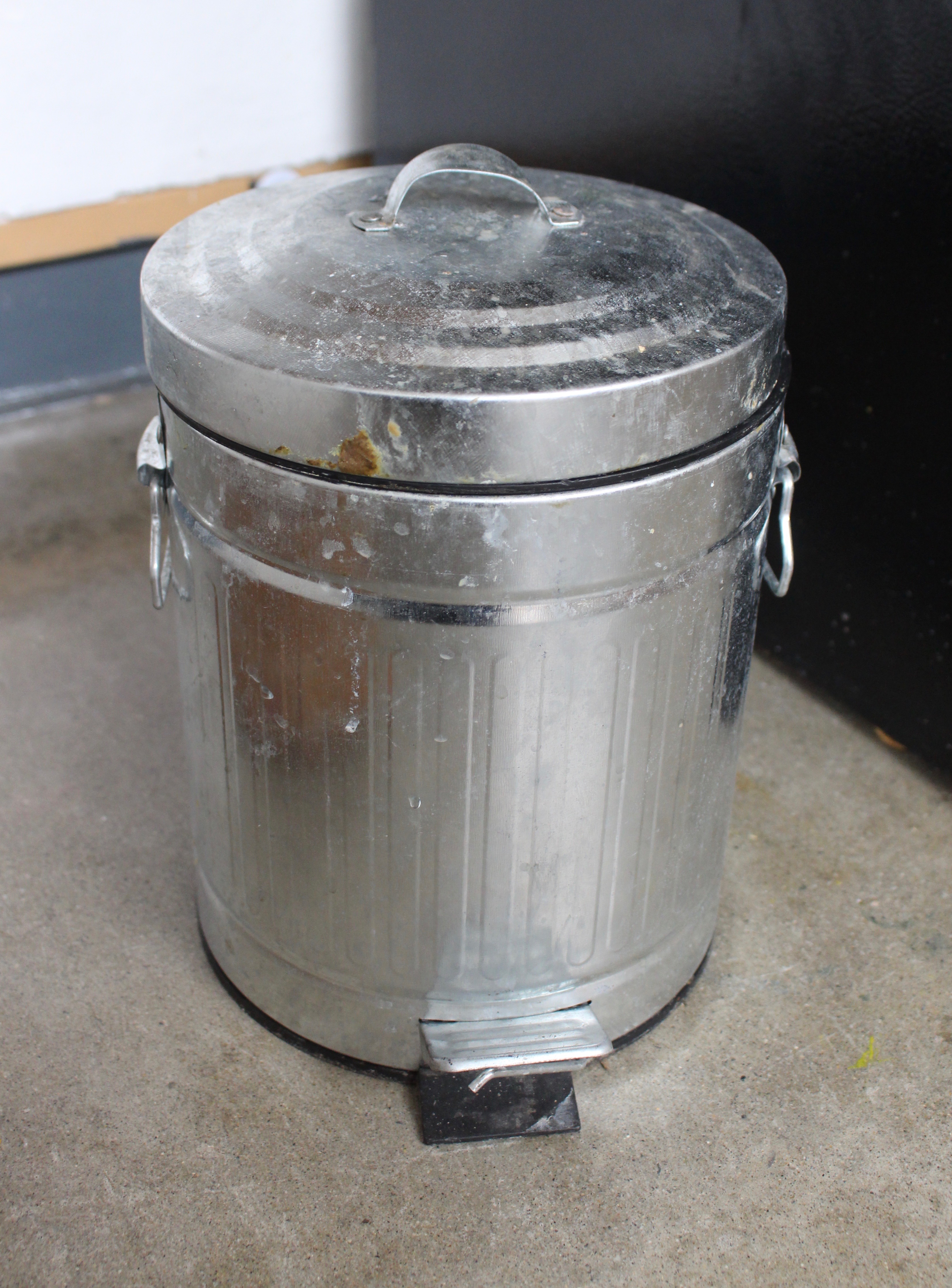
Alex, Jack, Sam and Charlie Menke are eating snack at the round table. The topic of compost comes up and DJ asks them if they know why we have a place for garbage and recycling and a different place for compost. We all wonder what compost is.
“Recycling is the same thing as compost. The trash goes to the dump and then it makes toys…the trash goes in the dump and then it goes to another dump below and it turns into a toy.” -Alex
“No, no. People start with toys and then when they’re done with them they bring them to the dump so other people can bring them home.” -Sam



